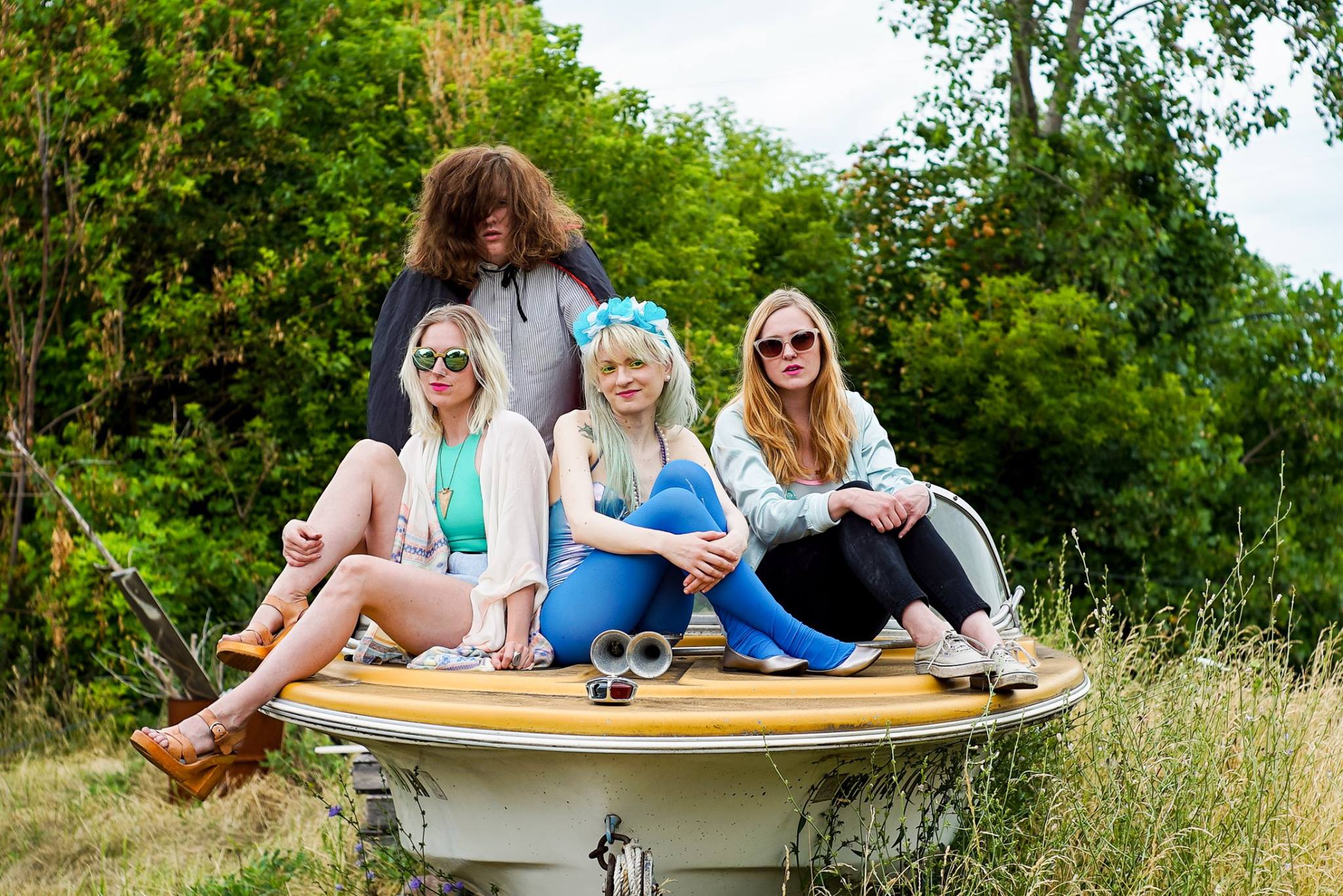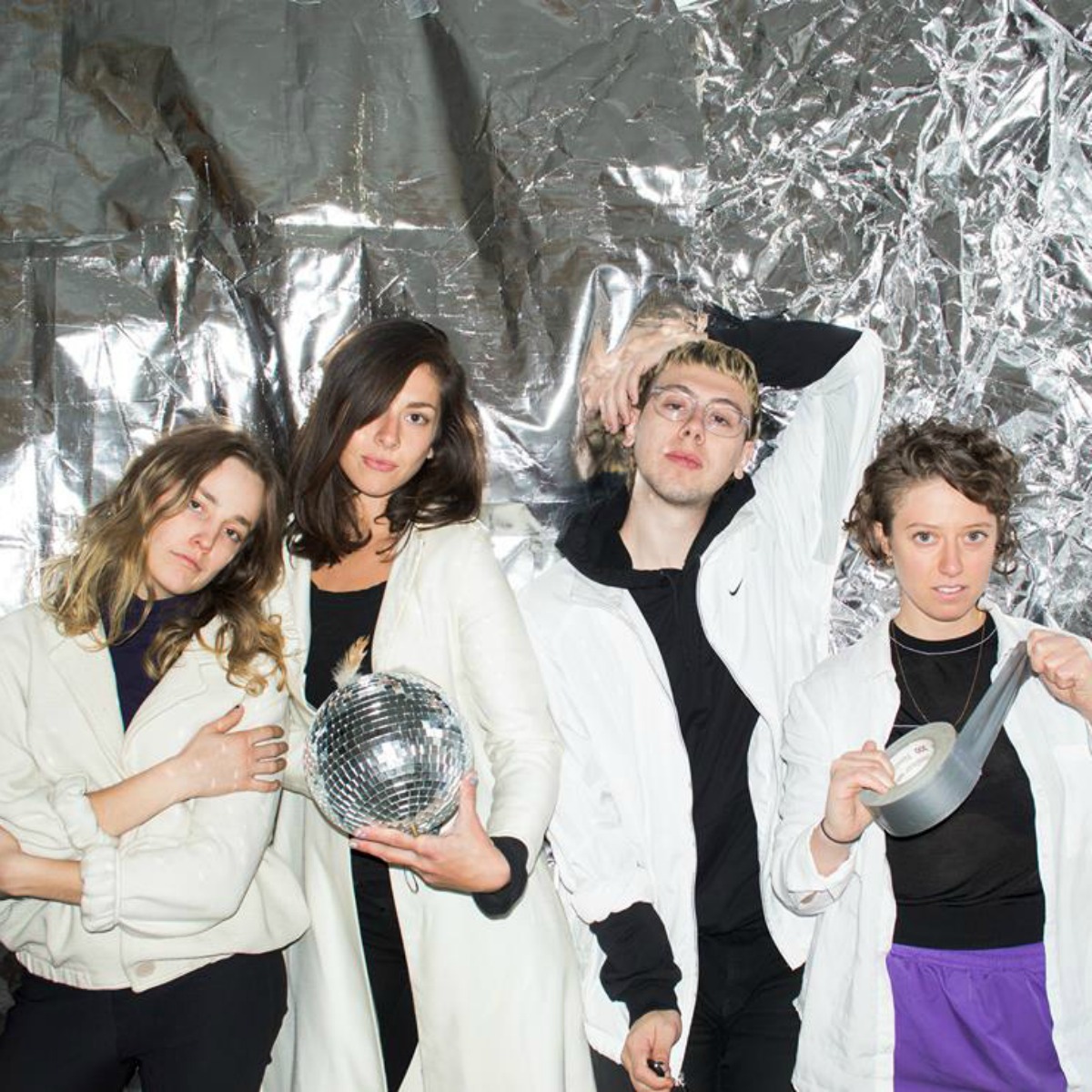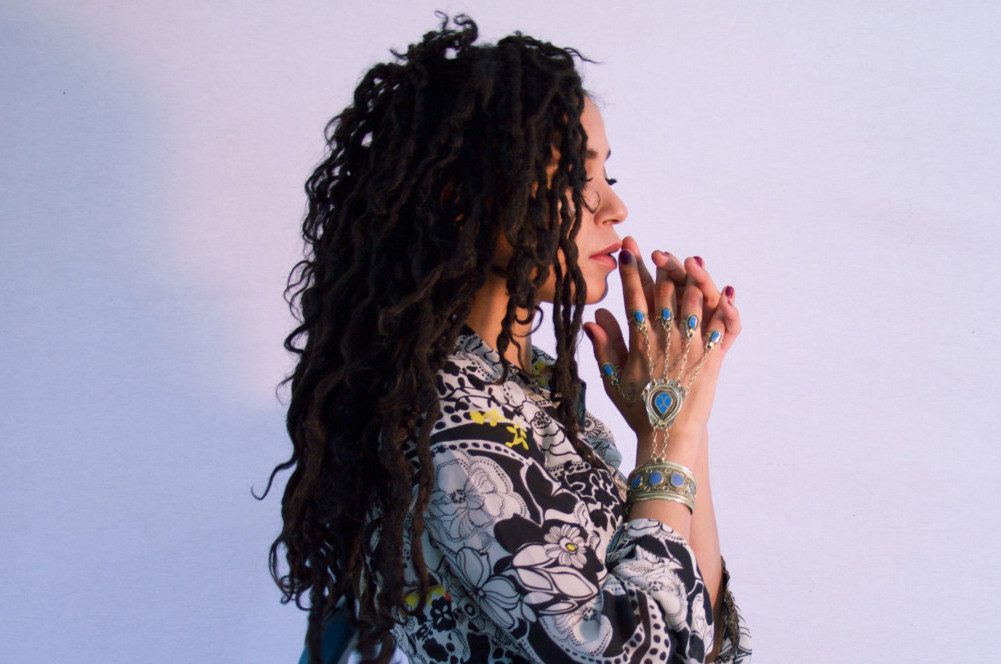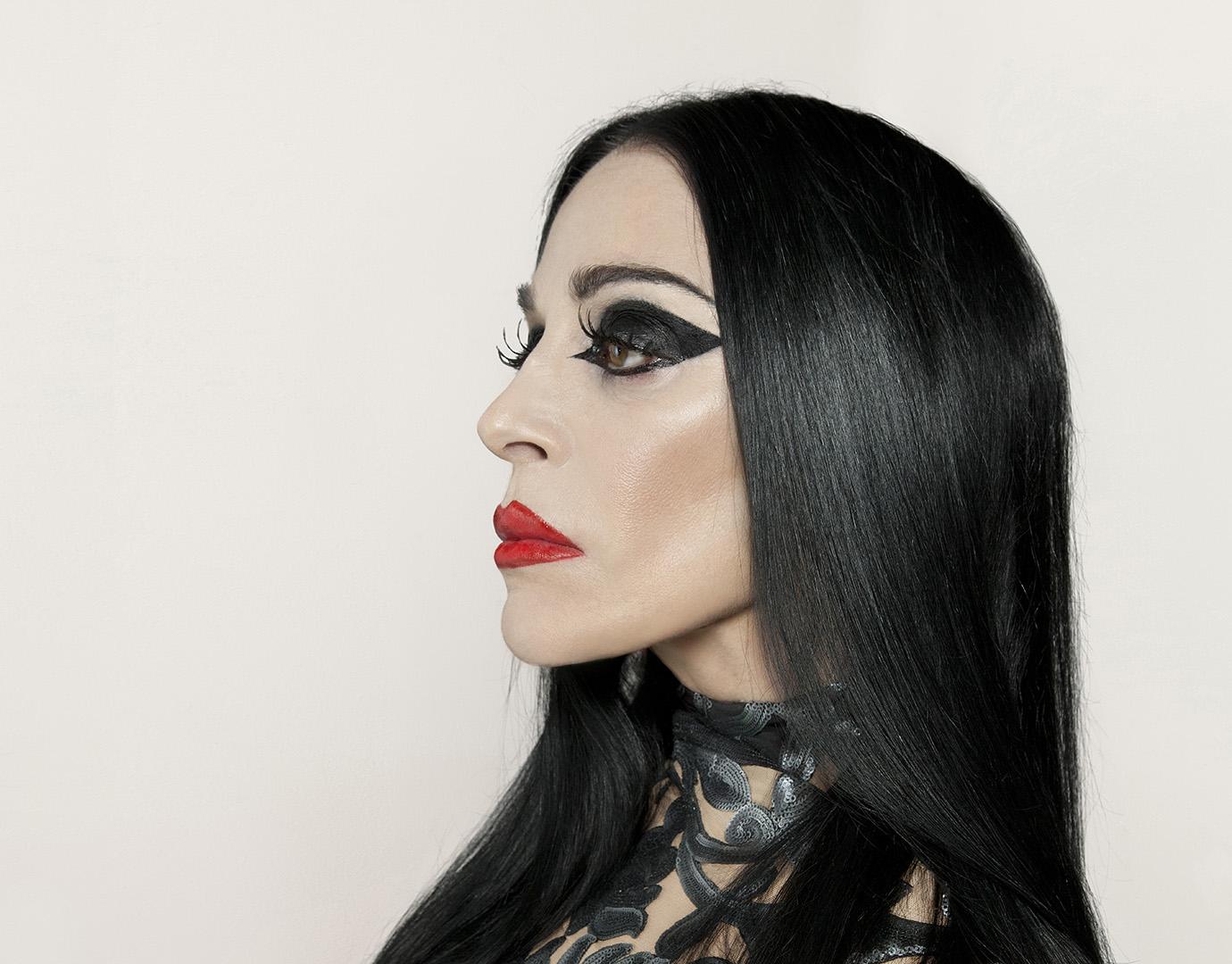
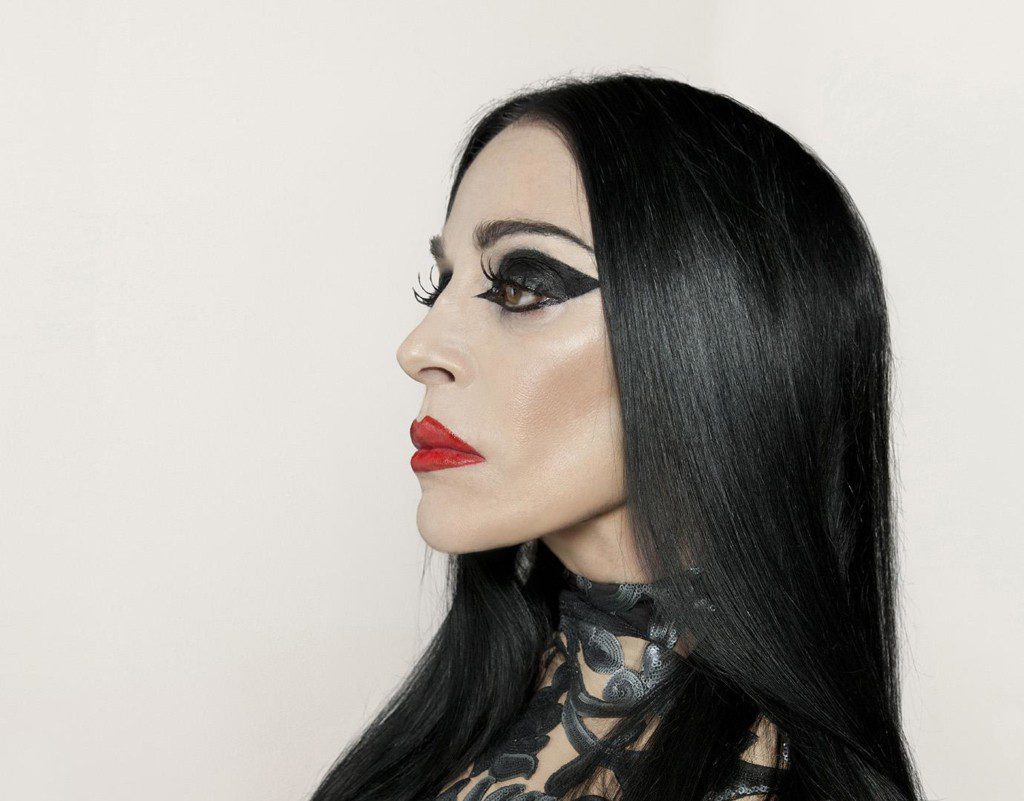
Don’t let the weather fool you; it’s the right time of year for chills, and I’m not talking about temperature. ‘Tis the season for screams, and witches, and all things terrifying, and personally, I can’t get enough of it. In the lead up to Halloween (or as I like to call it: The Greatest Holiday on Earth), I have been on a steady diet of horror movies, scary books, and spooky music. It’s Bauhaus for breakfast, Stephen King for lunch, and Wes Craven for dinner – a well-balanced meal plan on any given day in October.
While watching The Thing recently, I was thinking of the wonderful interplay between sound and scare factor. Aside from fake blood and screaming teenagers, a crucial element of horror films is the horror score. Music and terror are deeply intertwined, and movies such as Jaws, Halloween, and The Exorcist would be entirely different films without their respective scores. What would Alfred Hitchcock’s Psycho be without the shrieking strings in the shower scene or the manic theme of its opening credits? Would we fear the great white shark in Jaws so much if it weren’t for John Williams’ sinister compositions?
Sound and fear are related in the most primordial way. In 2012, UCLA evolutionary biologist Daniel Blumstein conducted a study to further explore this relationship. His findings were published in the science journal Biology Letters, the study’s abstract claiming that, “Humans, and many non-human animals, produce and respond to harsh, unpredictable, nonlinear sounds when alarmed, possibly because these are produced when acoustic production systems (vocal cords and syrinxes) are overblown in stressful, dangerous situations.” In other words, the aforementioned nonlinear sound we respond to so viscerally in horror movie soundtracks registers the same as a scream on a deep-rooted, biological level. The more jagged, sporadic, and a-melodic, the more humans tend to react to the aural stimuli.
If screams, sharpness, and a disregard for linear form are the key ingredients for frightening music, and frightening music is key for a good horror film, then look and listen no further than the rapturous Goth operas of Diamanda Galás. For over 30 years, Galás has pushed the limits of music and performance, as well as the underworldly depths and mountainous heights of her multi-octave voice. At a glance, the virtuosic singer and pianist could easily snag the thorny crown for Queen of Halloween – but listening to her records is a far more sinister experience. Her 1982 debut album The Litanies of Satan is one of the most unsettling pieces of music ever recorded. Forget “The Monster Mash;” The Litanies of Satan is thirty minutes of despair, demonic possession, and pure audio insanity. Play it at your Halloween party and just see what happens.
Throughout the decades Galás has produced a body of work as versatile as her vocal range, releasing piano-driven jazz and blues records like The Singer and All the Way, as well as experimental fright-fests such as Plague Mass, Divine Punishment, and Saint Of The Pit. All the while the singer-composer has never lost her razor-sharp edge, exuding perpetual cool with her wild, jet-black mass of hair and a wardrobe that makes Morticia Addams look like Undertaker Barbie.
In addition to her prevalence in the music world, Galás has been recruited to supply disturbing audio for many horror films. She created the voice of the dead in Wes Craven’s voodoo-zombie flick The Serpent and the Rainbow. In 1992 she lent her shrill cries to a pack of female vampires in Francis Ford Coppola’s adaptation of Bram Stoker’s Dracula. Movies like The Ring Two, The Conjuring, and Schrei 27, Galás’ own collaborative effort with film director David Pepe, have the Diamanda mark of terror; their creepy soundscapes elevated by her textured and frenzied compositions.
Strangely, the artist’s direct musical influences are far less ghoulish than the films she is associated with. In a profile for The Quietus,Galás listed her thirteen (naturally) favorite albums of all time, and the selections were predominantly jazz records by the likes of Miles Davis, Albert Ayler Trio, and Fats Waller. She must have heard something far more primeval in these recordings, however, as she mentioned “the one thousand names and sounds of animals and supernatural beasts that are part and parcel of any decent artist,” while discussing her favorite Ellen McIlwaine record, We The People.
Galás music is inhabited by droves of such beasts, stampeding through hailstorms and hellfire, careening off serrated cliffs and plunging into the heart of human fear. What could possibly be more frightening than Ms. Diamanda Galás? I’m afraid to find out.
Don’t miss Diamanda Galás performing on Halloween night at Murmrr Theatre in Brooklyn. Tickets here.

